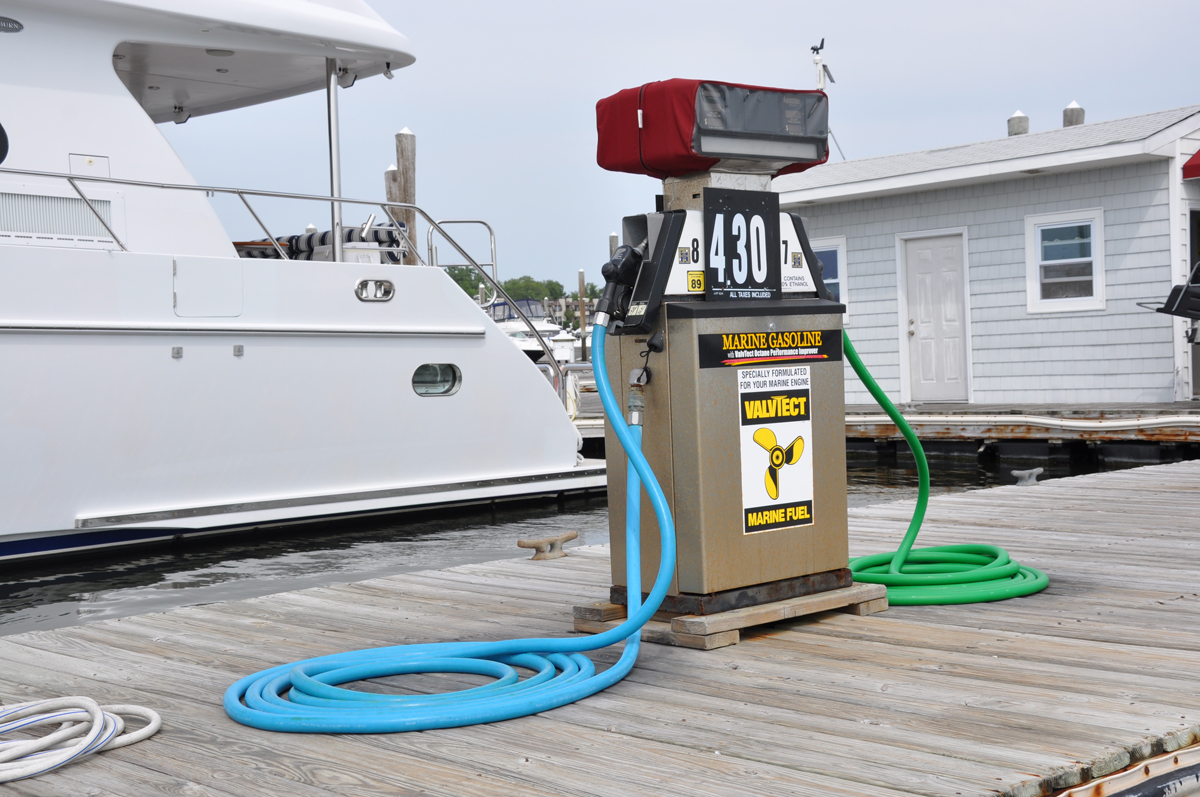
With summer boating season upon us, families are making their way to the water. Unfortunately, it may be harder this year to find the ethanol-free fuel many boaters prefer.
Due to the Renewable Fuel Standard (RFS) — a government mandate that requires increasing amounts biofuels like ethanol to be blended into the U.S. gasoline supply — higher ethanol-blend fuels, such as E15 (15 percent ethanol by volume), are cropping up at more stations across the U.S. The problem? Fuel containing more than 10 percent ethanol is illegal to use in boats. Not only does it void product warranties, but it is also corrosive to marine engines and can lead to overheating, fuel line damage and even complete engine failure, leaving customers at risk for unexpected equipment repair and replacement costs and even putting their safety in question.
This problem isn’t going away. In late May, the EPA released a plan to increase biofuel requirements by 700 million gallons next year. As the government turns a blind eye to the risks of forcing more ethanol into American gasoline, consumers will be left to deal with greater quantities of fuels that can hurt their engines, compromise their safety and cost them significant dollars in the long run.
The implications for boaters are huge. In recent Boating Industry survey, 87 percent of respondents reported that their boating businesses had seen engine damage caused by ethanol. Some of the damage is a result of misfueling, where consumers mistakenly choose the wrong blend of gas at the pump. According to a recent Outdoor Power Equipment Institute survey, 60 percent of Americans presume any gas sold at retail stations is suitable for every one of their engines.
All this research points to a disturbing problem: the government is failing to effectively communicate to the public the risks introduced by the RFS and the resulting fuel-supply changes. The forced introduction of higher ethanol blends to the market has triggered a serious consumer protection issue for boaters across the country since zero boats are approved by the EPA to use ethanol blends above E10.
A short-term solution to prevent the dangers of misfueling is for boaters to educate themselves on proper fueling and make note of local gas stations that sell ample E10 and E0 fuel. But finding ethanol-free E0 fuel, in particular, isn’t so easy.
Because of increased ethanol blending brought on by the RFS, 95 percent of America’s fuel currently contains 10 percent ethanol. As the government mandates greater volumes of ethanol in the fuel supply, the amount of higher ethanol-blend fuels like E15 and even E85 will need to increase just to satisfy the mandate. If those fuels remain unpopular among consumers, the RFS mandate will only be satisfied if engine-safe E0 is further crowded out of the market, regardless of how many boaters and bikers want it to remain.
While education about proper fueling is important, a longer-term solution needs to be put into action by the president and Congress. Otherwise, the RFS will remain the law of the land, and higher ethanol-blend fuels will become even more prevalent at the expense of E0. Boaters should be empowered join forces and call on their members of Congress to reform the RFS to ensure that fuel choice — especially the choice for E0 — is preserved and that boater safety isn’t overlooked simply to satisfy a broken
— Jim Coburn, immediate past chair of the Michigan Boating Industries Association
Photo by Pat Ossa


